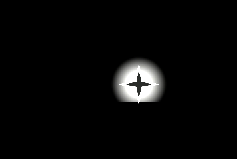"How about using your eyes to play a game?"
2022.12
About
Shimmer is a solo project designed to research how to create 2D games based on eye-tracking technology. The game used eye-tracking tech as the core mechanic and had unique mechanics and dynamics. Playtests and semi-structured interviews were conducted to improve the game.
The eye-tracking part was developed based on Tobii 4C eye-tracker and SDK.
Research Questions
- How to avoid/mitigate eye tiredness in an eye-tracking game?
- How to design a fun experience with eye-tracking tech?
- What is the difference between designing an eye-tracking platformer game vs a normal platformer game?
- How to design a fun experience with eye-tracking tech?
- What is the difference between designing an eye-tracking platformer game vs a normal platformer game?
Special Core Mechanics
- In v1.0: Players will use their eye movement to control a white flashlight in the game. They cannot see objects outside the flashlight by their peripheral vision. The size of the light will increase if they pick up the light bag but will decrease if they get damaged. The game will restart if the size of the flashlight gets too small.
- In v2.0: The size of the flashlight will not change anymore. Players can light up the entire screen after they collected 3 light bags.
Other Mechanics
Collection: An additional challenge for each level.
Spike: Will kill players if they stand on.
Enemy: Will jump and attack.
Light Platform: Will be enabled only when players do (not) look at it.
Light Enemy: Will be enabled only when players do not look at it.
Light Beam: Will be enabled when players look at themselves.
Light Zone: Will be enabled when players look at it. Can protect players from the beam. Players will also have low gravity and can jump unlimited times while in the zone.
Light Bag: In v1.0, will increase the size of the flashlight. In v2.0, can enable special mechanics after collected 3. Also served as additional life points.
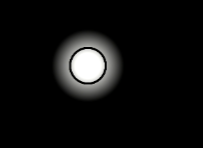
Light Bag
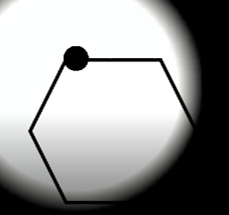
Light Zone
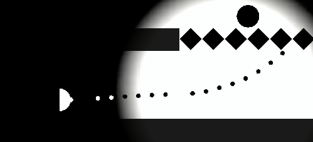
Light Beam
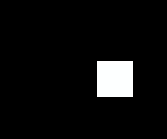
Light Enemy
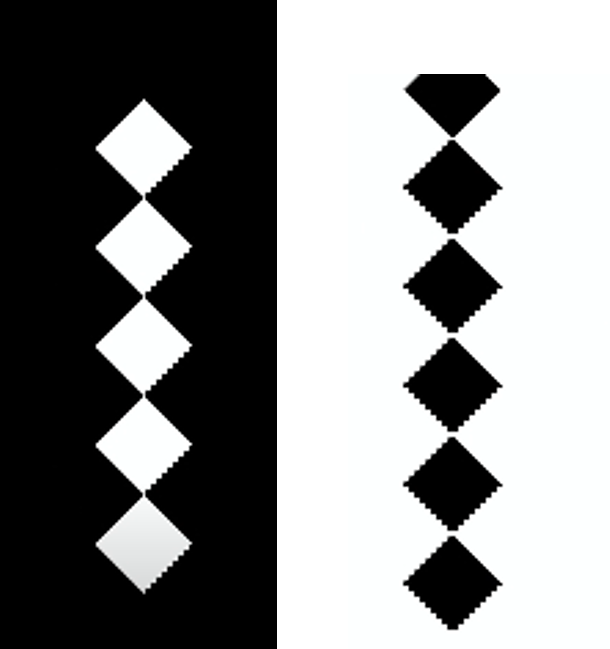
Light Platforms

Enemy

Spike
